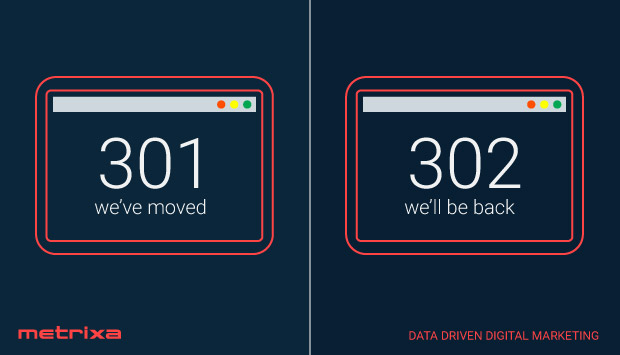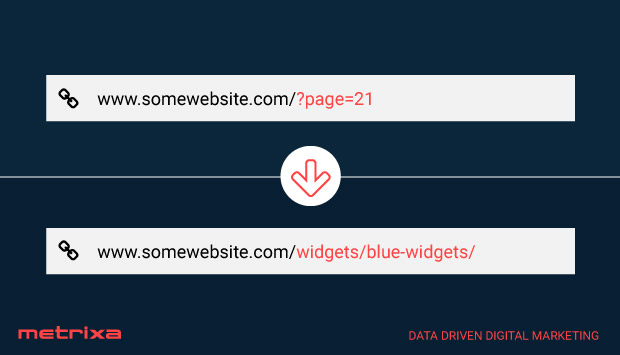SEO Redirect Mistakes You Can’t Afford to Make in 2023
SEO continues to evolve, with marketers focusing on diverse aspects such as content, PR, and social signals. However, many need to pay more attention to one fundamental component – proper redirection. SEO redirects, though seemingly simple, can turn into severe SEO redirect mistakes if not managed correctly.
1. Ignoring the Need for Redirects
The internet is a dynamic space. From website redesigns to content restructuring, changes are commonplace. And when content shifts, redirects are essential to avoid creating ‘orphan pages’ or delivering dreaded ‘404’ errors to your audience.
Custom 404 pages can provide a better experience, but why frustrate users when you can simply redirect them to the right location? Avoid this SEO redirect mistake by using redirects whenever necessary.
2. Choosing the Wrong Redirect Type

While redirecting, it’s crucial to select the correct type – 301 (permanent) or 302 (temporary). Using the wrong one can have significant ramifications, like delayed SEO benefits or unnecessary removal of valuable URLs from search indexes. Understanding the difference between 301 and 302 redirects can save you from this common SEO redirect mistake.
3. Misusing Redirects for URL Rewriting

URL rewriting is a handy SEO technique that can make your website more user-friendly. However, using redirects for this purpose is a common SEO redirect mistake. Instead of redirecting users from a friendly URL to an obscure one, consider using a proper URL structure that is intuitive and easy to remember.
4. Neglecting to Update Internal Links
Outdated internal links that point to URLs now redirected elsewhere can cause a jarring user experience. Moreover, these unnecessary redirects slow down page load times, which can result in higher bounce rates. Keep your internal links updated to mitigate this SEO redirect mistake.
5. Creating Chain Redirects

One page redirects to another and then to a third, creating a chain that dilutes SEO value and slows down navigation. Always opt for the shortest path to the final content to avoid this SEO redirect mistake.
If you’re not careful, SEO redirects can be traps for mistakes that harm your website’s performance. Investing time and effort in understanding and implementing them correctly can significantly benefit your long-term SEO efforts.

 Previous
Previous Next
Next








